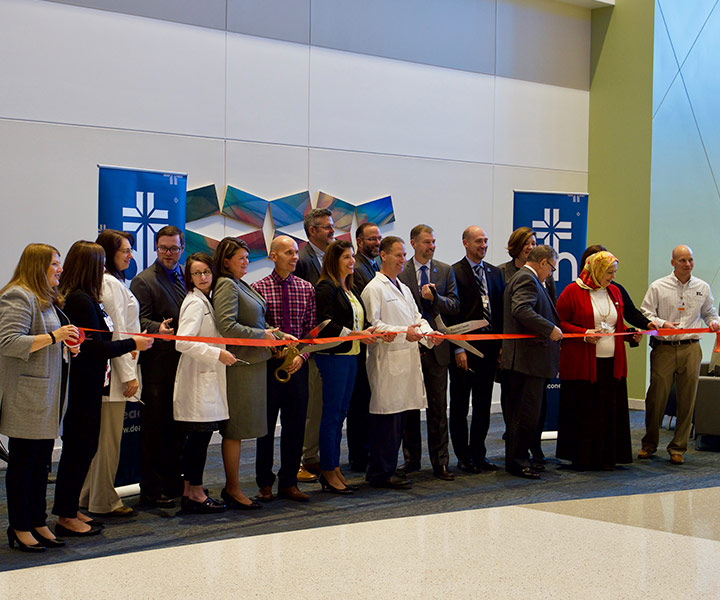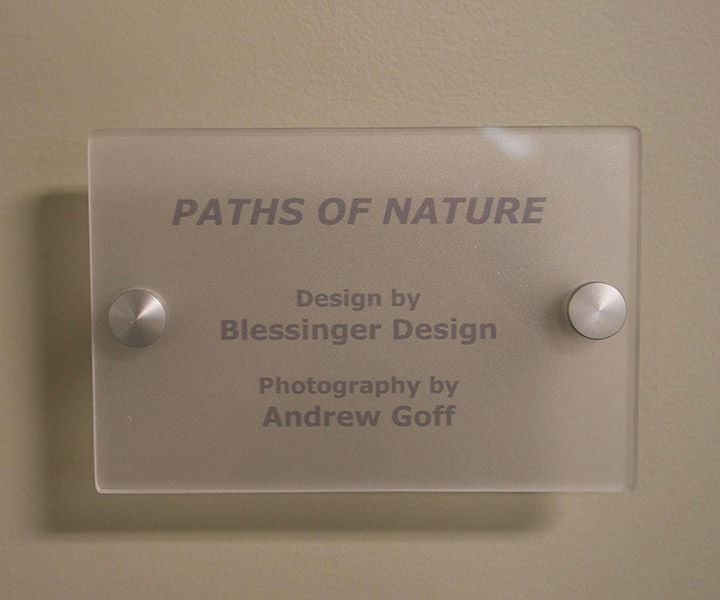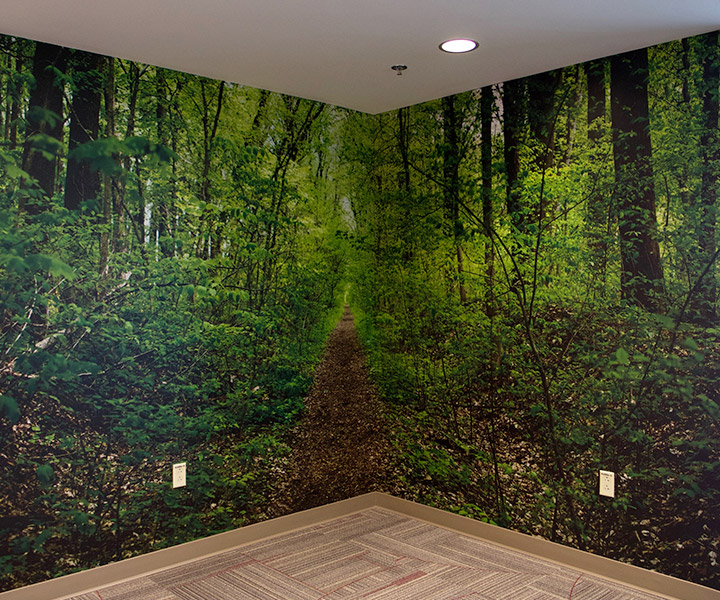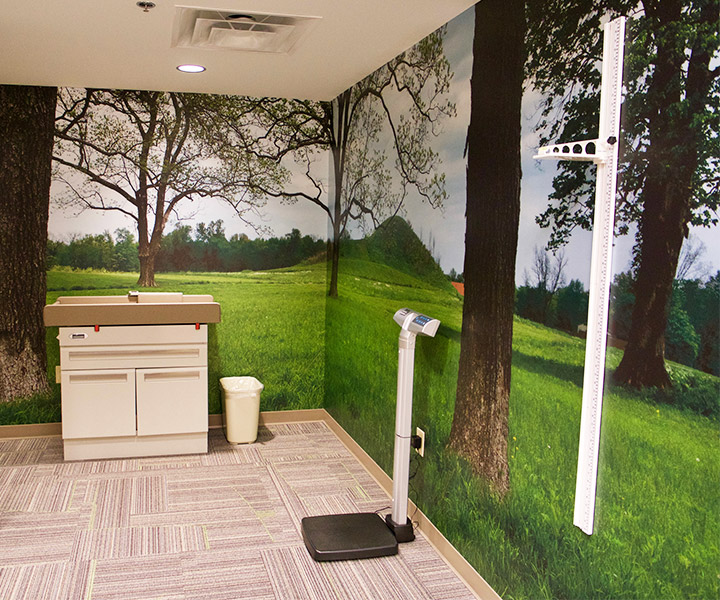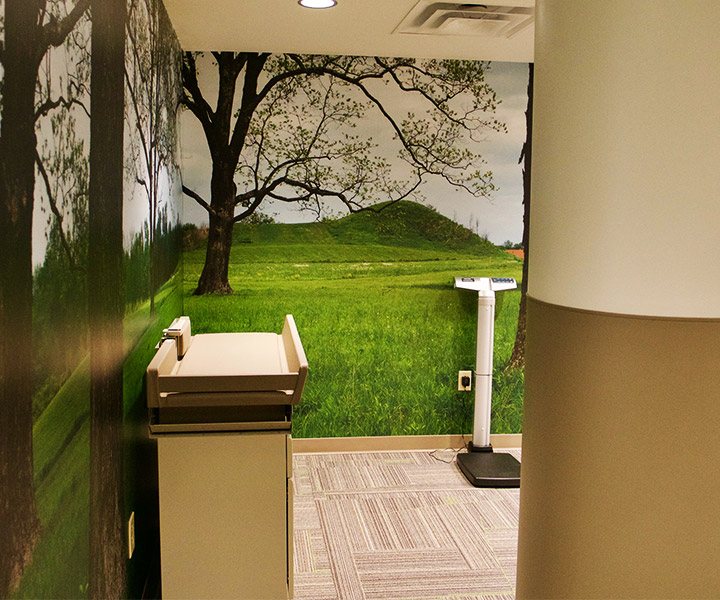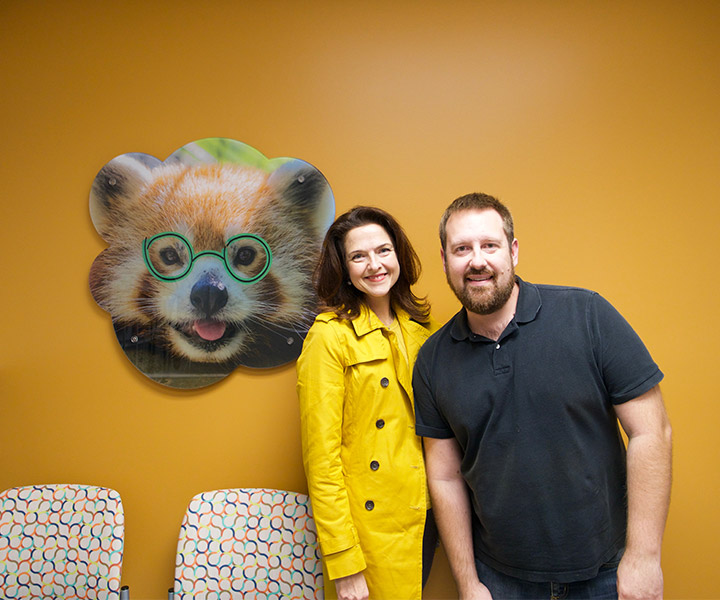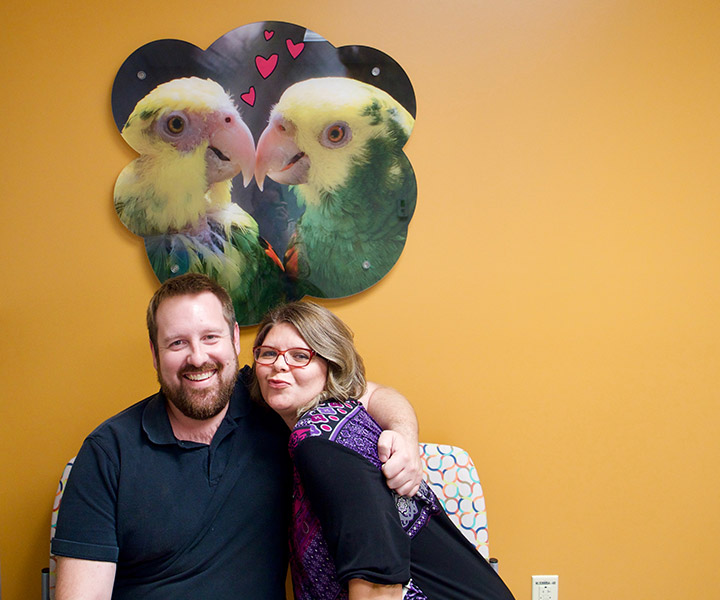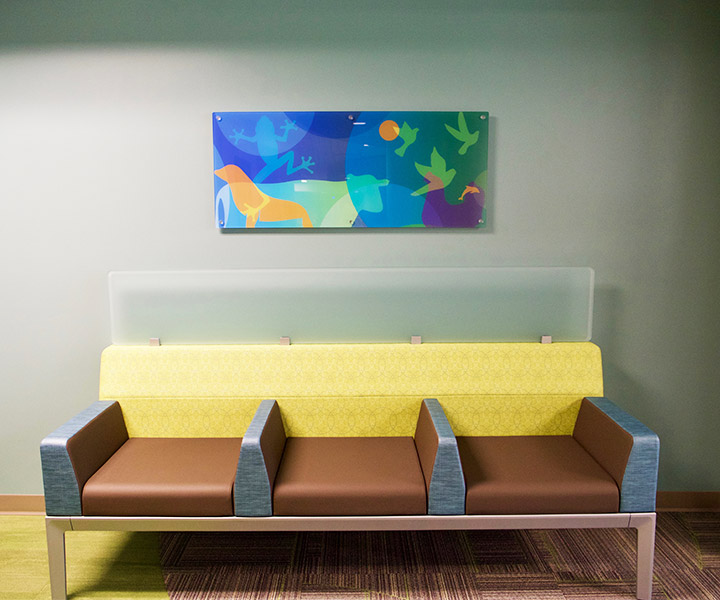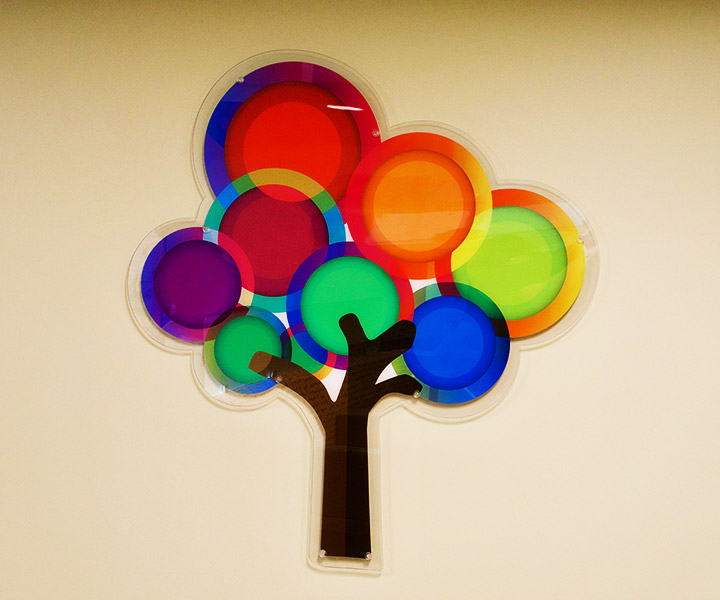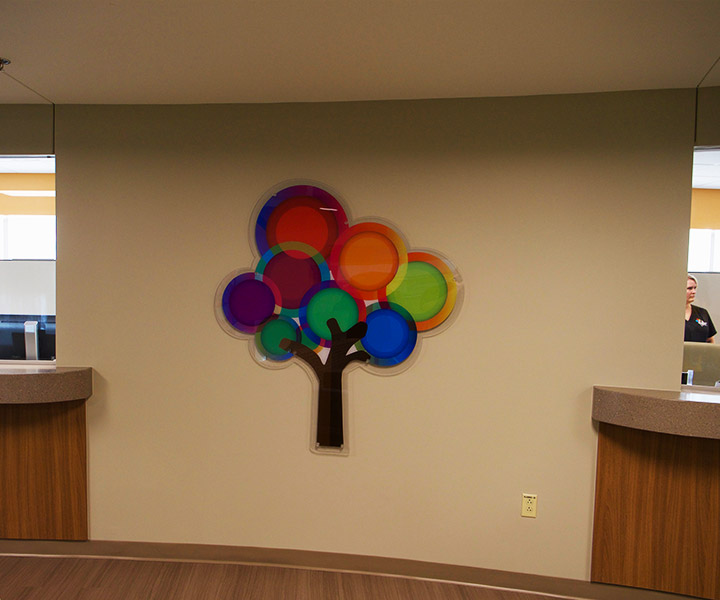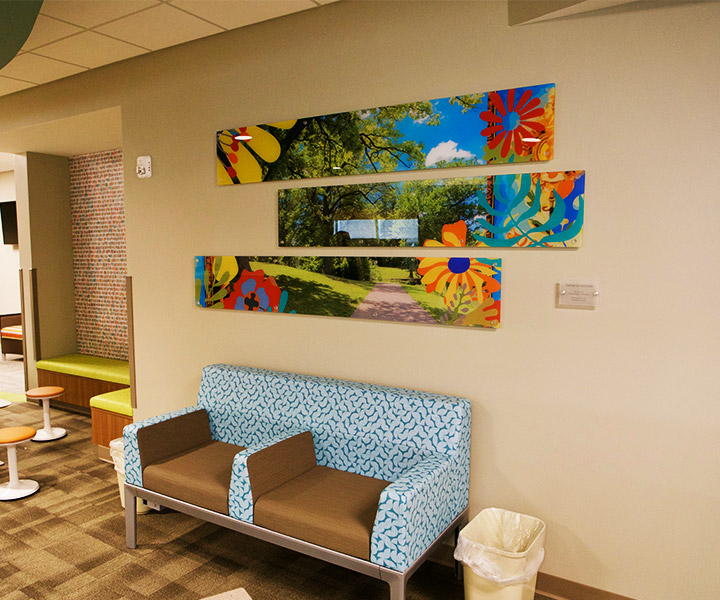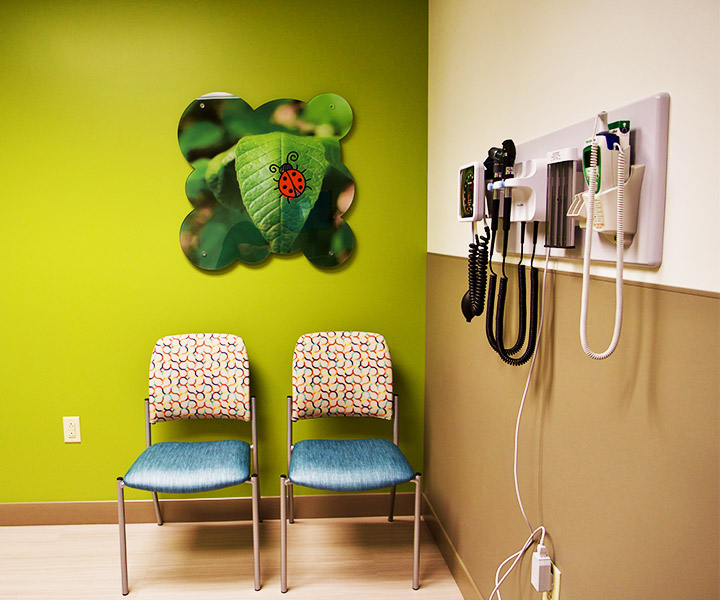Deaconess Riley Childrens Hospital
Interior Designer (Photography)
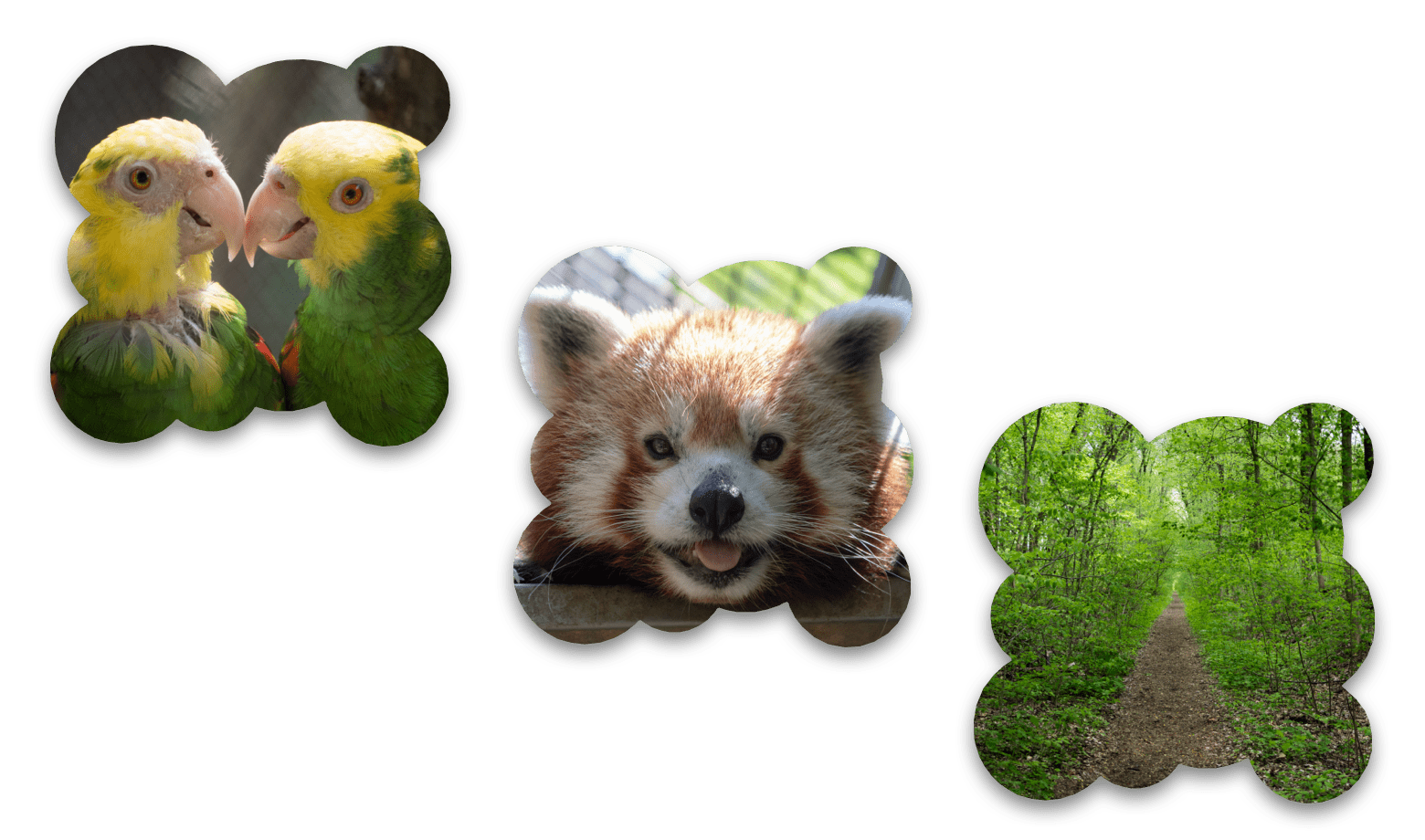
Interior Designer (Photography)

The Riley children's hospital is in Indianapolis. Depending on traffic, that is four hours away from Evansville. So it was important to create a children's hospital that functioned as an extension to Riley's children's hospital. A hospital where the doctors from Indianapolis could come to Evansville and see children might be too sick to travel that far.
Now that we have the hospital built… now it has to be designed.
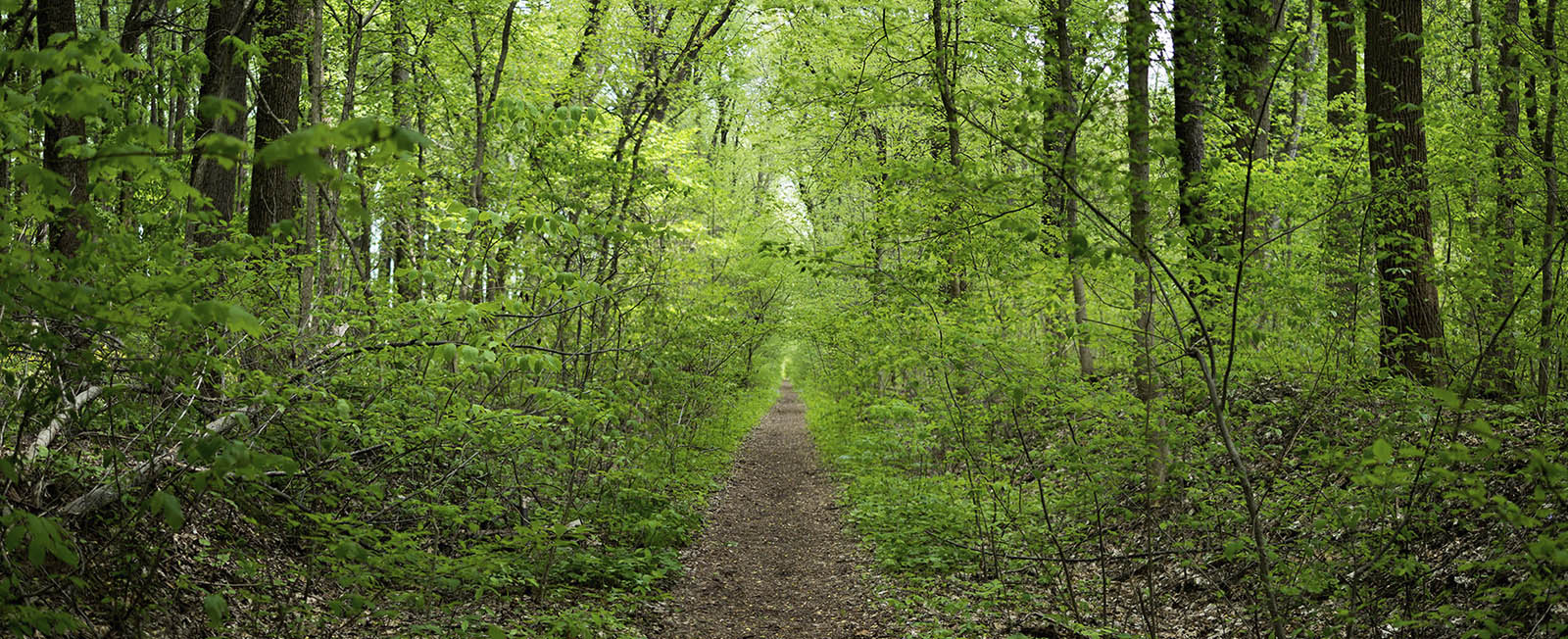

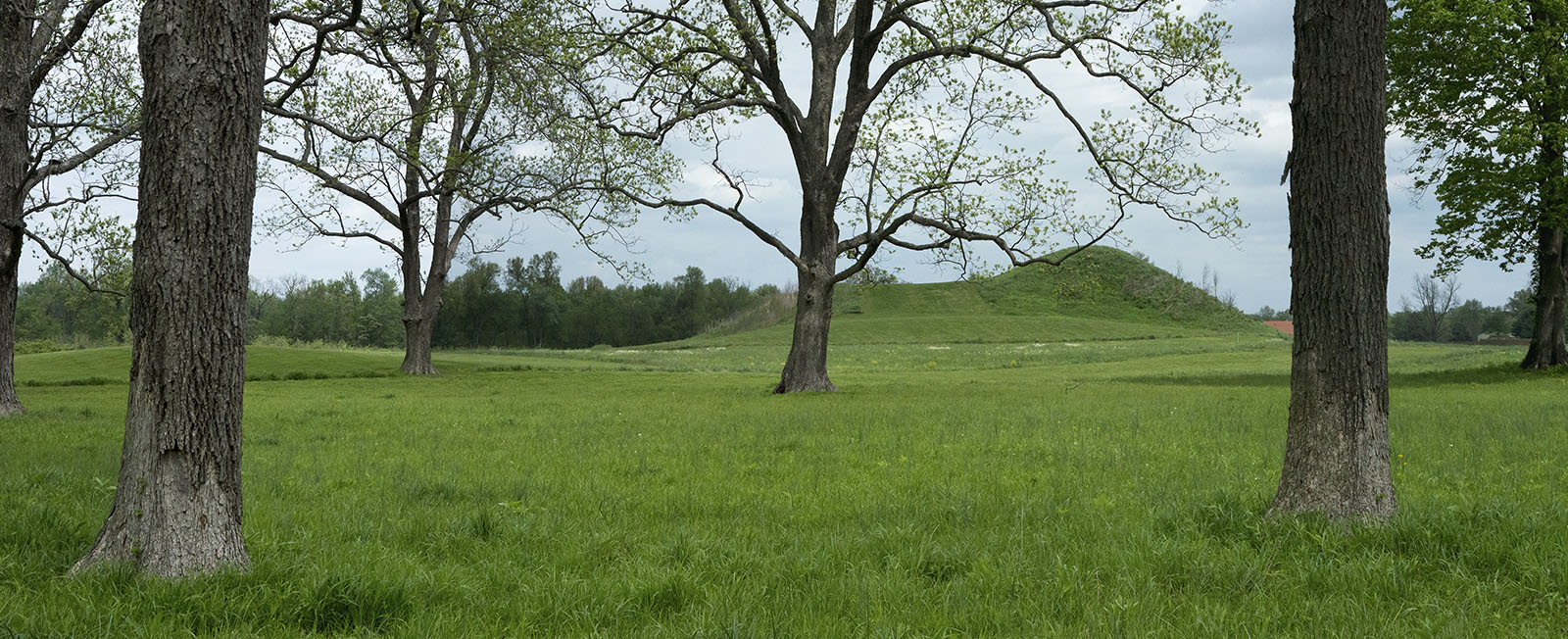

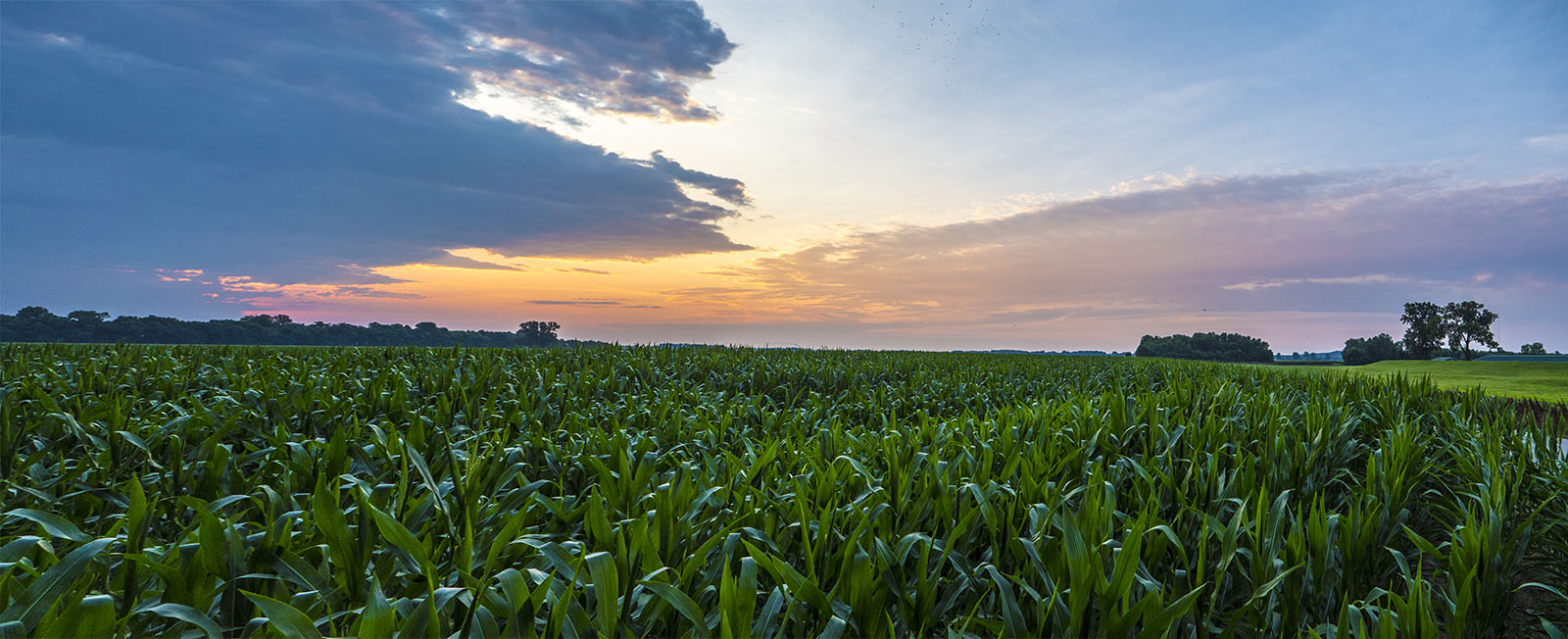

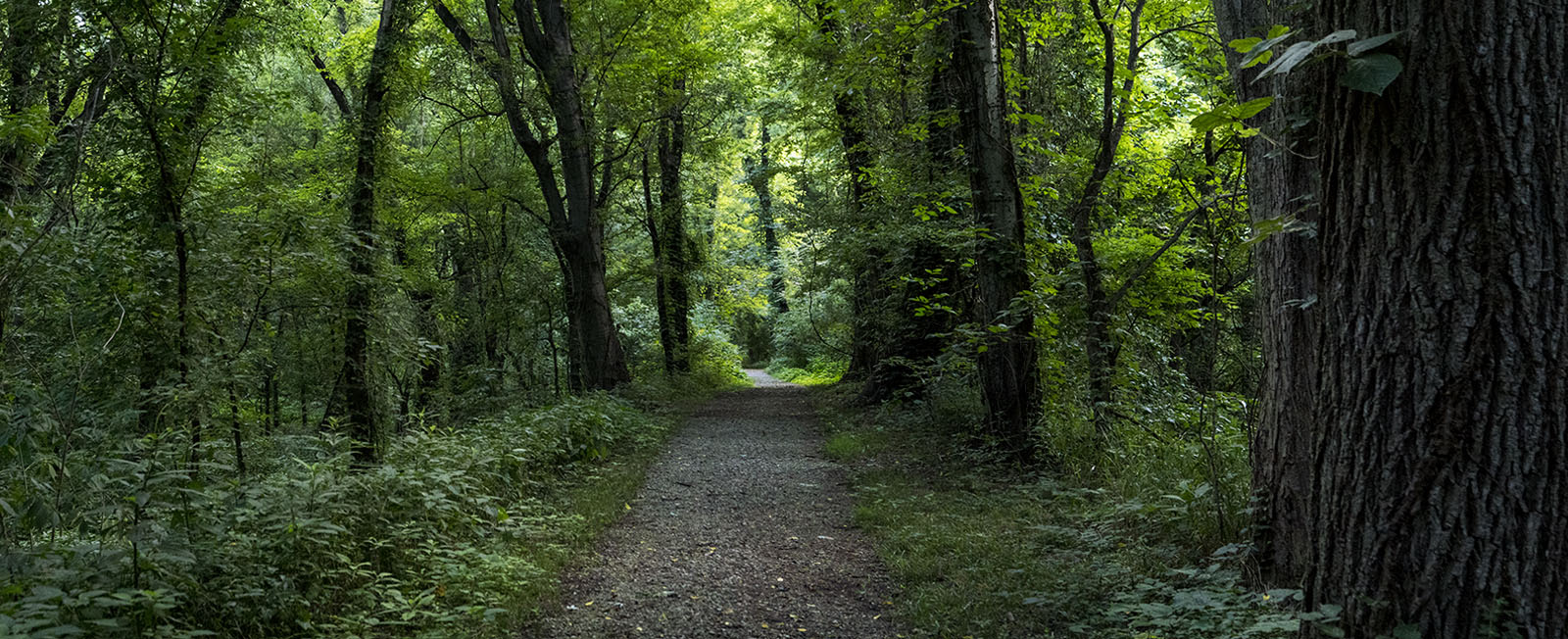

The equipment I used on this photo is the Leica DG Vario-Elmarit 12-60mm f/2.8-4 lens with a Panasonic GX8 body. The tripod I used is the Manfrotto 055 aluminum 3-section tripod kit with ball head.
The equipment I used on this photo is the Leica DG Vario-Elmarit 12-60mm f/2.8-4 lens with a Panasonic GX8 body. The tripod I used is the Manfrotto 055 aluminum 3-section tripod kit with ball head.
The equipment I used on this photo is the Leica DG Vario-Elmarit 12-60mm f/2.8-4 lens with a Panasonic GX8 body. The tripod I used is the Manfrotto 055 aluminum 3-section tripod kit with ball head.
The equipment I used on this photo is the Leica DG Vario-Elmarit 12-60mm f/2.8-4 lens with a Panasonic GX8 body. The tripod I used is the Manfrotto 055 aluminum 3-section tripod kit with ball head.
What we found from interviewing patients and examining other successful children's hospitals. A children's hospital has to be designed to promote healing and make the patients feel connected to their community. This is especially true of children who had longer stays at the hospital due to more severe illnesses.
To engage in the childlike spirit that promotes healing, we had to get away from the typical hospitals' sterile blues and whites. We had to study color theory; we had to study child psychology; we had to put ourselves in the shoes of these children so that we could see life from a child's perspective.
Once we put the research altogether, the plan appeared. We were going to call our designs "Paths of Nature." We could showcase the natural beauty of the outdoor activities that are apart of Evansville and southern Indiana.
This plan was twofold. The first fold was that we would be connecting these patients to their community by reminding them of the beauty that their community offers.
The second fold is that we would be bringing the outside to the inside. This would make these children not feel like they are just in a sterile hospital. We could bring the colors of nature and blend them in a way that felt childlike and filled with imagination.
Now that we had a plan, Tara and I divided our roles up. She took care of the designs, and I was to do large-scale photography.
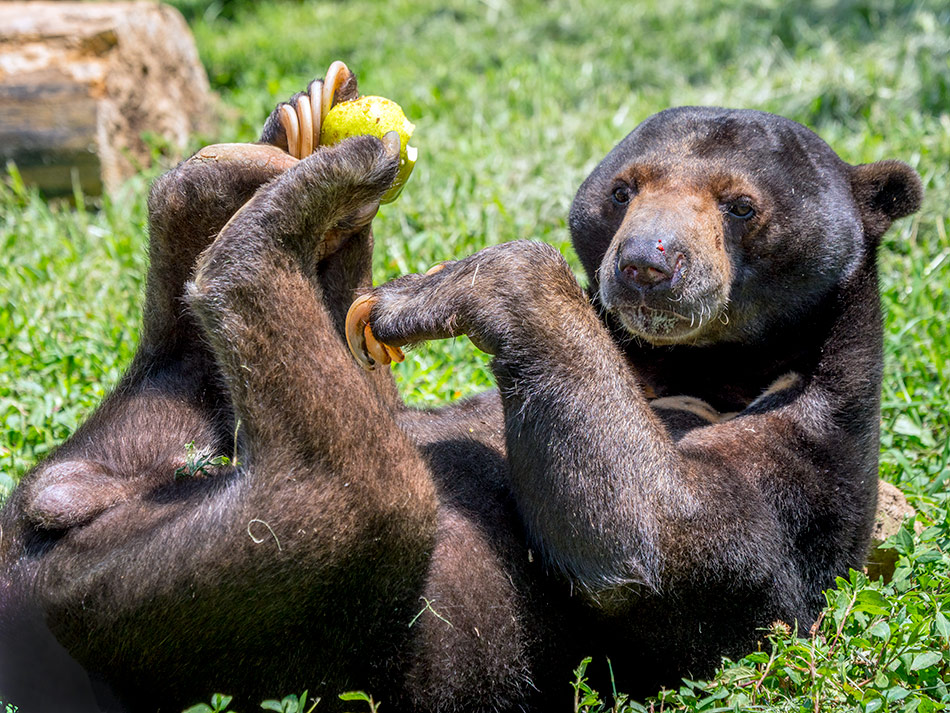

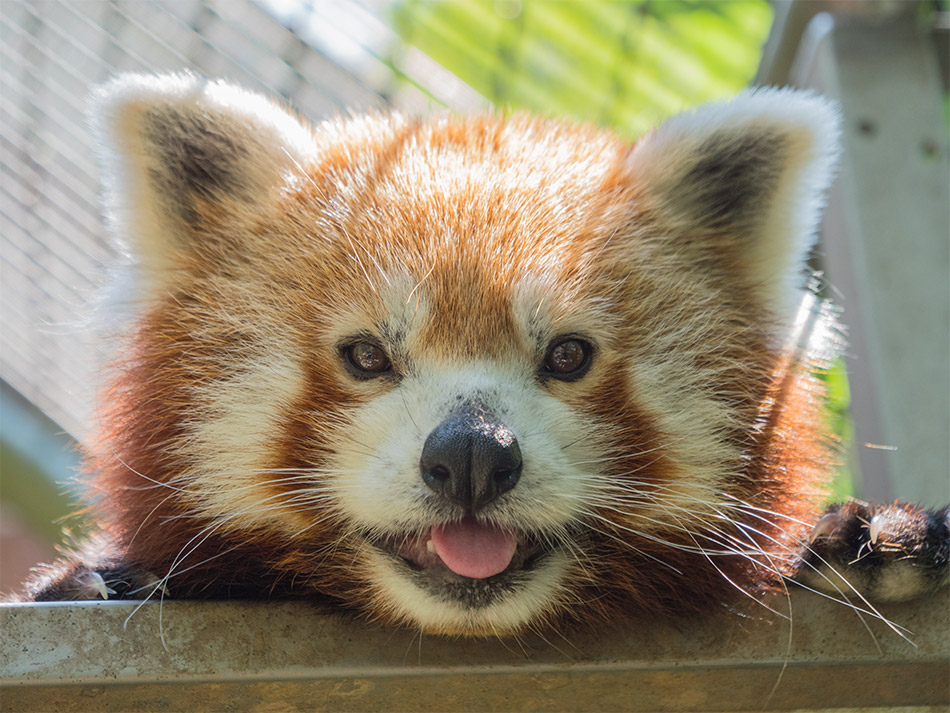

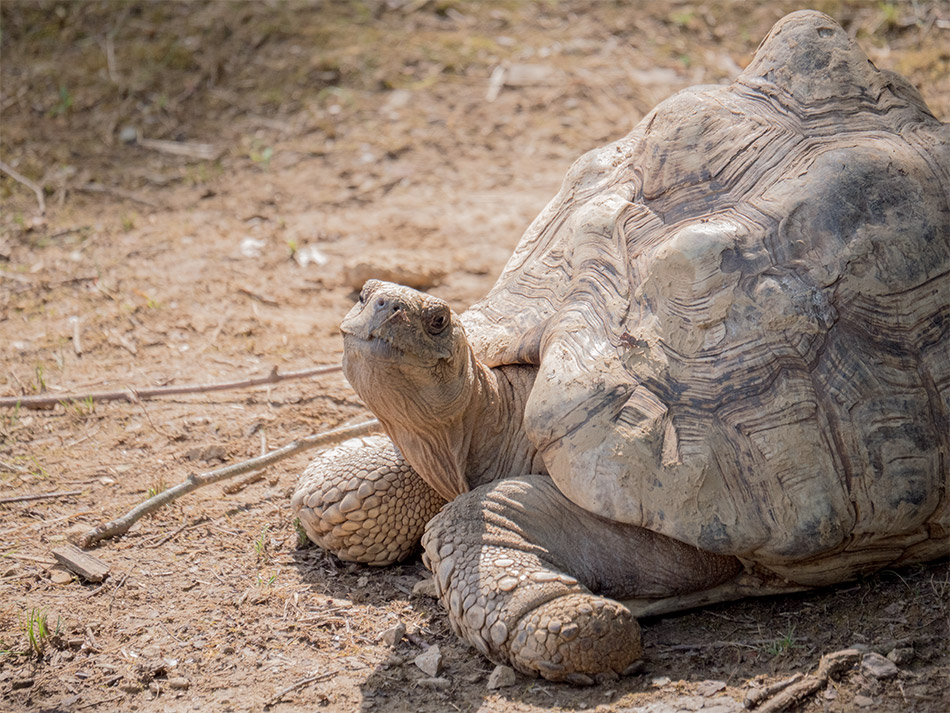

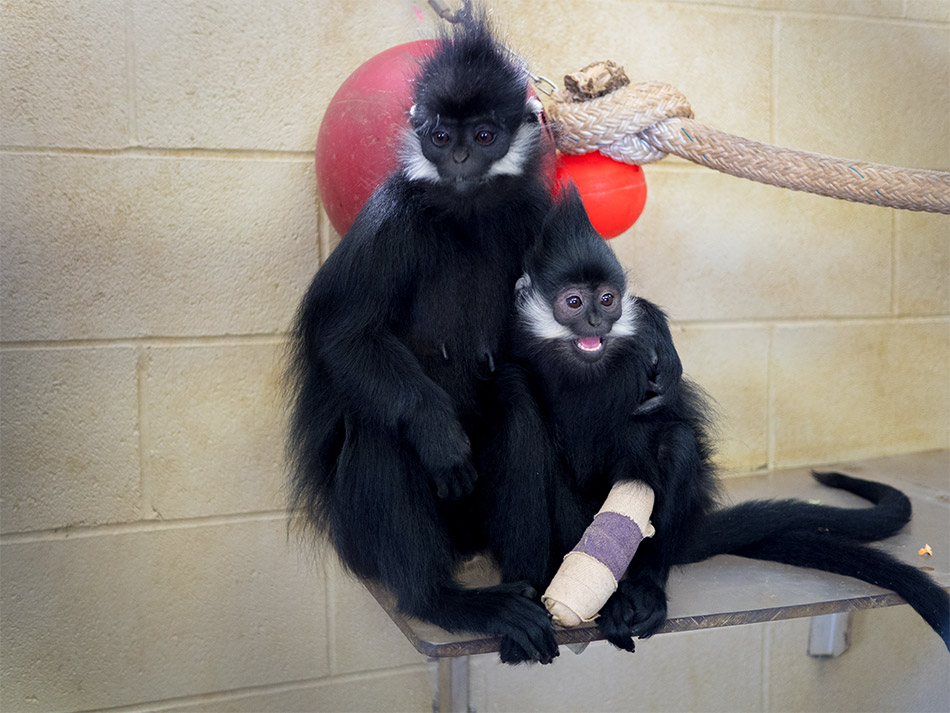



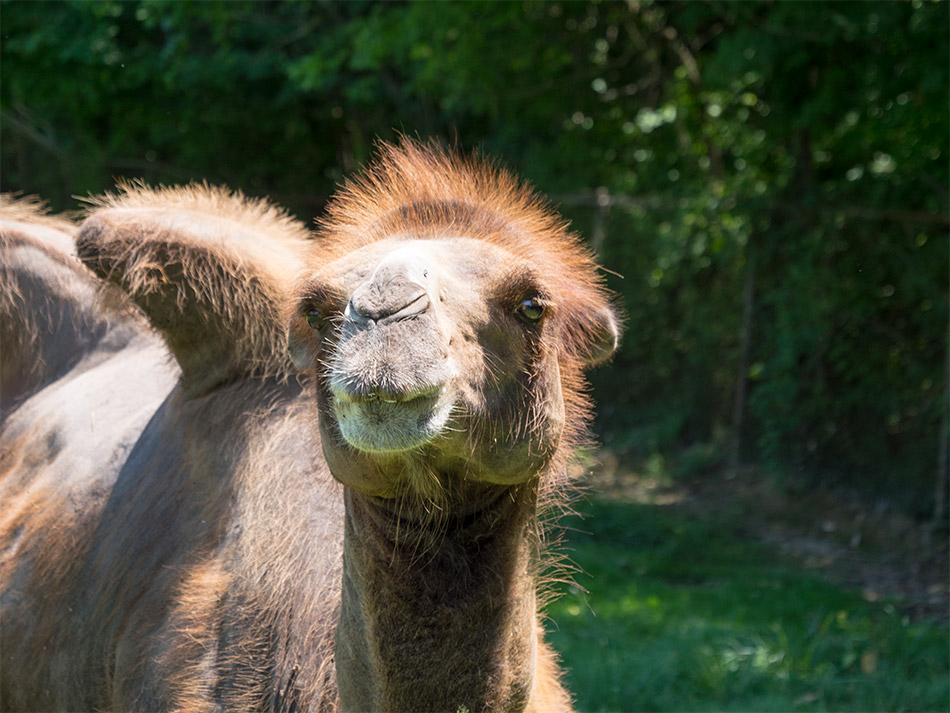

Fong was a fun little bear to work with. In fact, I was surprised by his small stature. It turns out that sun bears are the smallest bears in the world.
Though this little bear seemed harmless, he had long claws that posed a threat. For most sessions I had the opportunity to shoot from inside the fence. In order to stay at a safe distance, I decided to capture this photo from the outside.
So how do you get a Sun Bear like Fong to pose for a picture? Throw him fruit and make him happy. Hence, in the photo, you can see the remnants of the strawberries and pears.
The equipment I used on this photo is the Leica DG Vario-Elmarit 12-60mm f/2.8-4 lens with a Panasonic GX8 body.
Working with Celeste the red panda was one of the highlights of this project. The photograph of Celeste smiling directly at the camera is easily one of my favorites.
Getting this magical shot required me to spend a lot of time with Celeste and her boyfriend, Max. My first photo session with the red pandas was inside of their resting space. Their resting space had trees and meager light. Despite having a low light aperture of 1.4, it was still too dark to capture the red pandas.
After not getting great photos from the first photo session, I asked if I could do another photo session in the daylight outside. I looked at the weather forecast and set a date a few days later.
The second photo session turned out the perfect results for the hospital. At the end of our photo session Max, the red panda, was acting all territorial with me. It seemed he was challenging me for Celeste’s attention. I looked at him and said, "buddy, she's not my type." Soon thereafter Max went back inside allowing me to finish the photo session.
Celeste was extremely photogenic. She was posing without me, even asking her to do much. She keeps on smiling for me.
The equipment I used on this photo is the Leica DG Vario-Elmarit 12-60mm f/2.8-4 lens with a Panasonic GX8 body.
While I knew most names of the animals I worked with, in the short time I was with the turtles I never asked. I spent about two days photographing ten or so turtles.
Particularly, getting this photo seemed to take forever. The turtles were so slow that I almost found myself getting bored hanging out with them all day. Yet once this turtle looked up at me like this, I was like, that is the magical moment!
The equipment I used on this photo is the Leica DG Vario-Elmarit 12-60mm f/2.8-4 lens with a Panasonic GX8 body.
My daughter loves the story of this photo. As we were finishing up the hospital designs, I received a phone call from the zoo. The zookeeper told me that a baby monkey had broken her leg.
The zoo staff would put a cast on her leg and thought that would be a wonderful shot for the children's hospital. It could be featured in the broken bone unit, so kids can see that even a baby monkey can break a bone too.
We devised a plan on getting the baby monkey and her mother in the back cages. Once I got all the equipment setup. We opened the gate and let the baby monkey and mama monkey in the farthest cages.
As I began to get the photo session underway, the father monkey burst in from the outside cage. The father monkey started making loud sounds. All these loud sounds were unnerving the mama and daughter monkey. The male monkey then put his head between the bars and was signaling me to fight with him.
Simultaneously, as the father monkey wanted to fight me, I learned something that I did not plan for. The monkeys were fast. I have never seen animals move that fast, jumping around. Actually, I have nothing to compare it to. Either way, my shots were blurry, and the father monkey wanted to fight me. So I was just like... okay, this is not going to work.
I devised another plan for getting the right shot a few days later. This time, I went to the front outside the cage, and the father monkey saw me and immediately wanted to fight again. This time was funny as the father monkey tried to urinate on me. He also extended his fingers to signal me over to the cage.
At the same time, the zookeeper let the mother and daughter monkey into the back cages. Except for this time, he closed the gate so the male monkey would not disrupt the photo session again. I waved goodbye to the father monkey, and he looked and saw the gate closed with the mother and daughter gone. He knew I had fooled him; it was kind of funny but cute how protective he was of them.
What I did this time too, was brought a female friend of mine who loves animals. She sweet-talked the mama and daughter monkey to calm down and be still. It was then that I was finally able to get the shot of the mother and daughter monkey sitting there.
The equipment I used on this photo is the Leica DG Summilux 15mm f/1.7 lens with a Panasonic GX8 body.
I spent two days photographing the birds. They have such personalities and were fun to work with. With photographing birds, it is a lot of being patient and waiting for the right moment.
This shot came from me watching the birds be affectionate with each other, which was adorable to watch. I watched a lot of birds other than these birds do male mating calls. That also made me laugh. However, with these birds, they were already in love.
The equipment I used on this photo is the Leica DG Summilux 25mm f/1.4 lens with a Panasonic GX8 body.
Franklin the camel. I will never forget my brief photo session with him. Franklin had a huge field as his container. Kind of like in the Jurassic Park scene where the t-rex was in a field but had huge walls to stop him from escaping.
I entered Franklin's gated field with his primary caretaker. She informed me on the basics: Franklin liked to eat the leaves on branches and sometimes the branches themselves. She informed me not to get too close to Franklin that he could try to eat my camera and could crush my head with his jaw.
I was a little taken back, as I thought camels were nice. Franklin was lying down calmly in the sunlight. As we got closer to Franklin the camel, the caretaker said, "oh, and I forgot to tell you that nobody has ever gone this close to him before."
Right as she told me that, Franklin lifted himself off the ground and started making his way towards us. I put my eye to the viewfinder and just started photographing. As he got closer, the caretaker put out a branch, which calmed him down as he started eating the leaves.
However, I guess he got bored with that because the woman caretaker yelled RUN! Well, I made a mistake in judgment and ran the wrong way. The next thing I know, I am screaming like a girl, and Franklin and I are running around in circles.
Unknown to me at the time, but I had an audience of children and their families watching me at the top of the gates on both sides of the field. Apparently, I made all the families laugh. Either way, I heard the caretaker yell, run through the gates. So I ran and leaped through that gate.
The equipment I used on this photo is the Leica DG Vario-Elmarit 12-60mm f/2.8-4 lens with a Panasonic GX8 body.
So I mapped out the most beautiful places in Evansville and its surrounding areas. The four-month journey began—one of the things that separated our designs from many other children's hospitals. We were going to make enormous prints of photography to make the children feel like they were in the environment.
These photos were photographed at extremely high megapixels. Our Angel Mounds photo was printed 30 feet wide by 15 feet tall. The Angel Mounds photo was a whopping 253 megapixels. Even our Wesselman Woods photo that was printed 16 feet wide by 10 feet tall was 50 megapixels.
We had our grand opening, and there were hundreds of people that attended. My friends that came with me were surprised that I was not boosting my work. Instead, I walked around and watched how the children interacted with the environment.
To my delight, I watched a little boy go over the angel mounds 30 foot printed photo. The little boy danced around the backdrop and told his mother in delight, "Mommy, it's like I am at the Angel Mounds."
